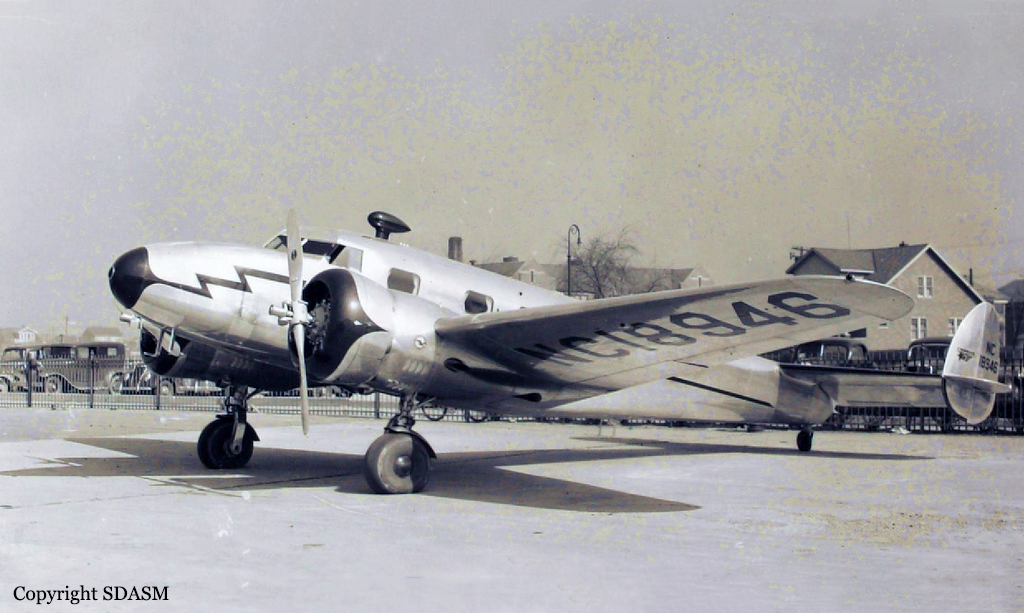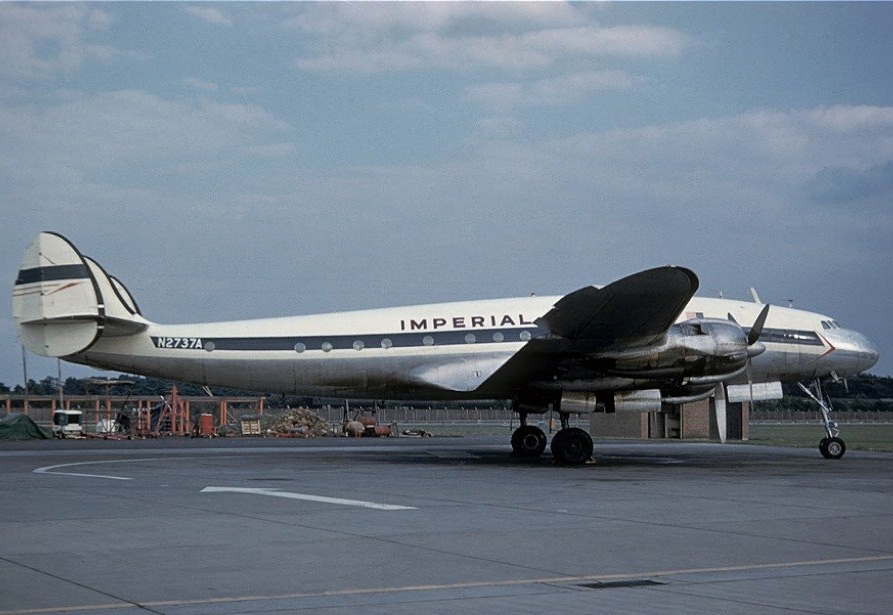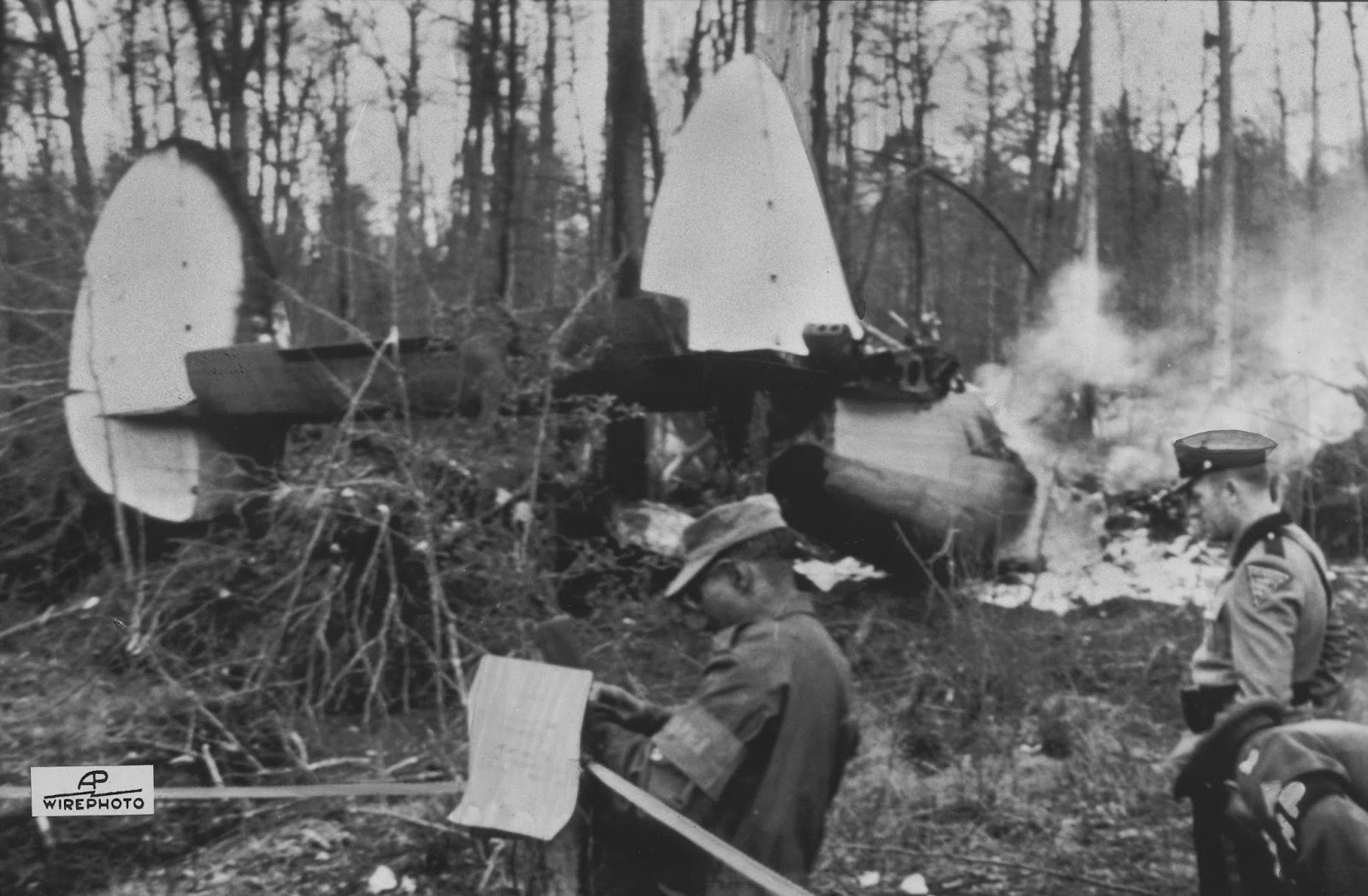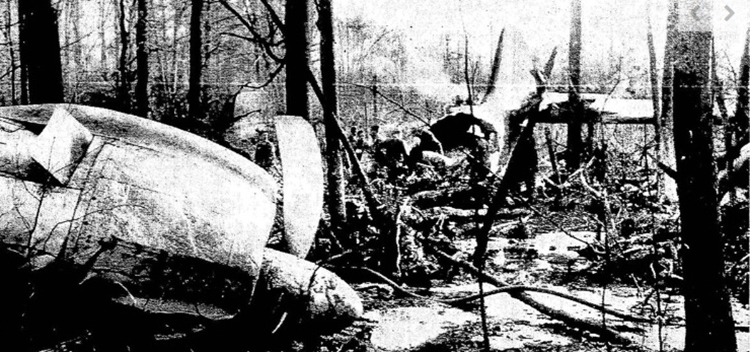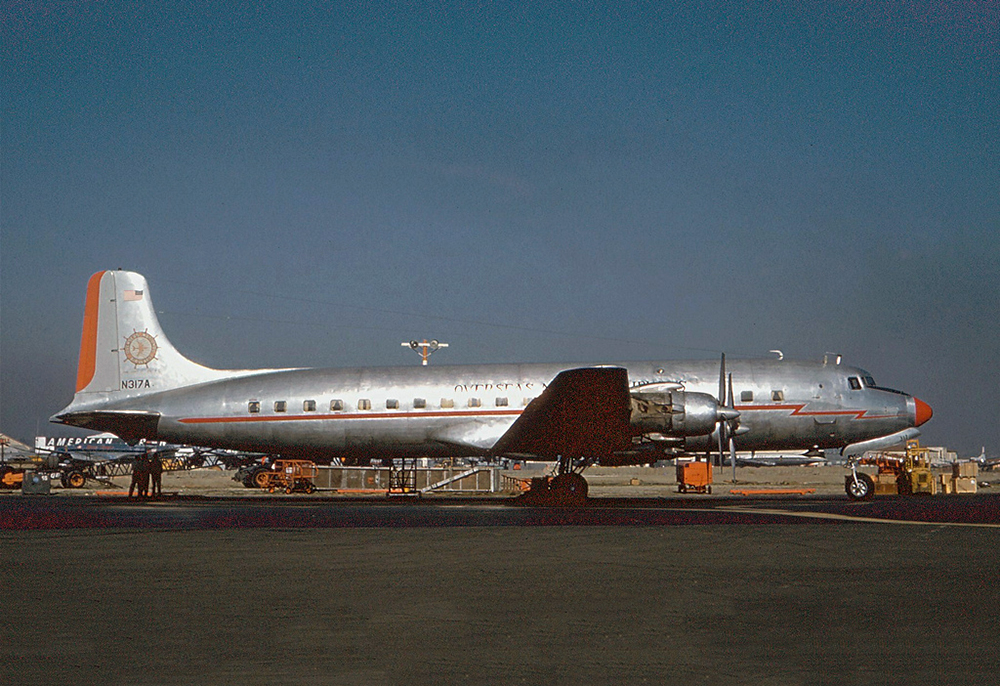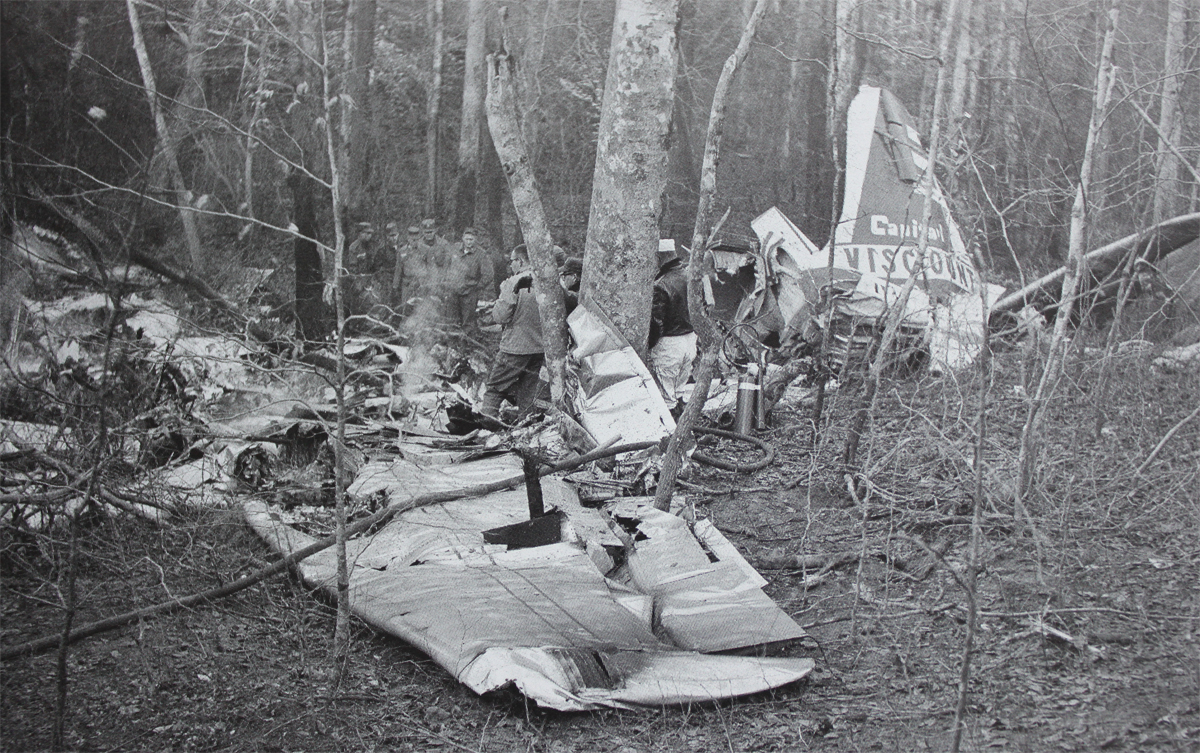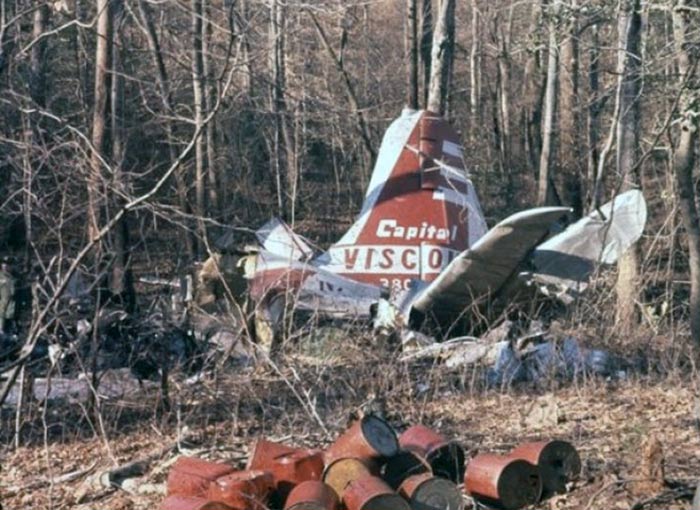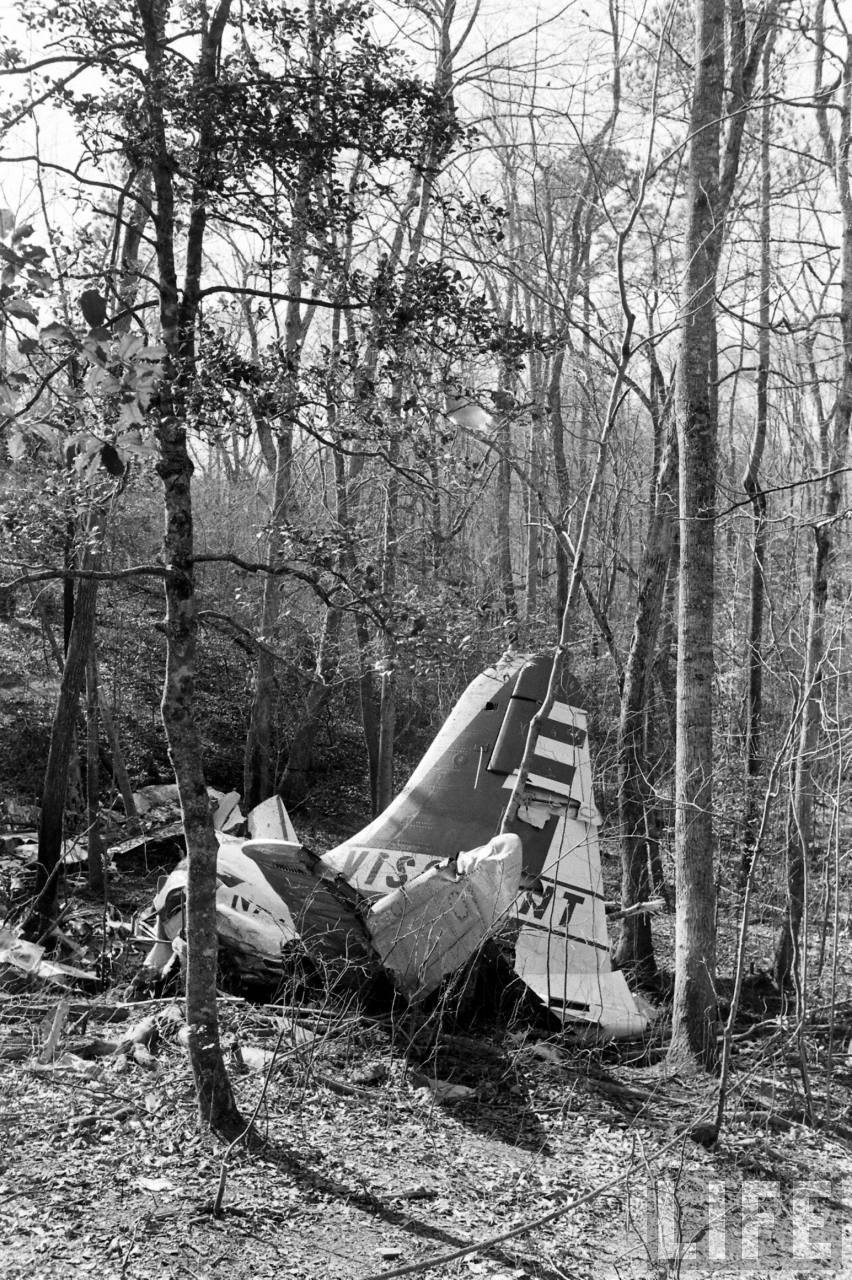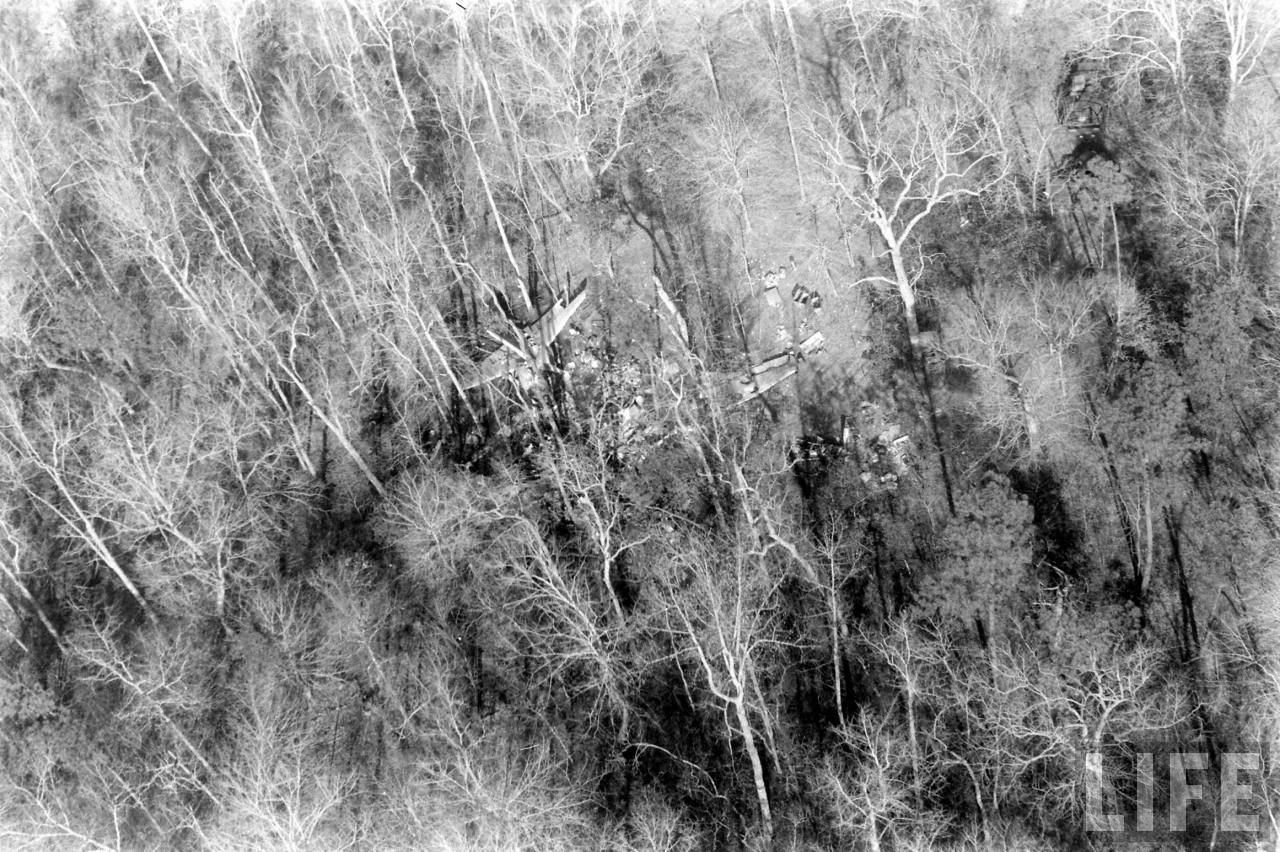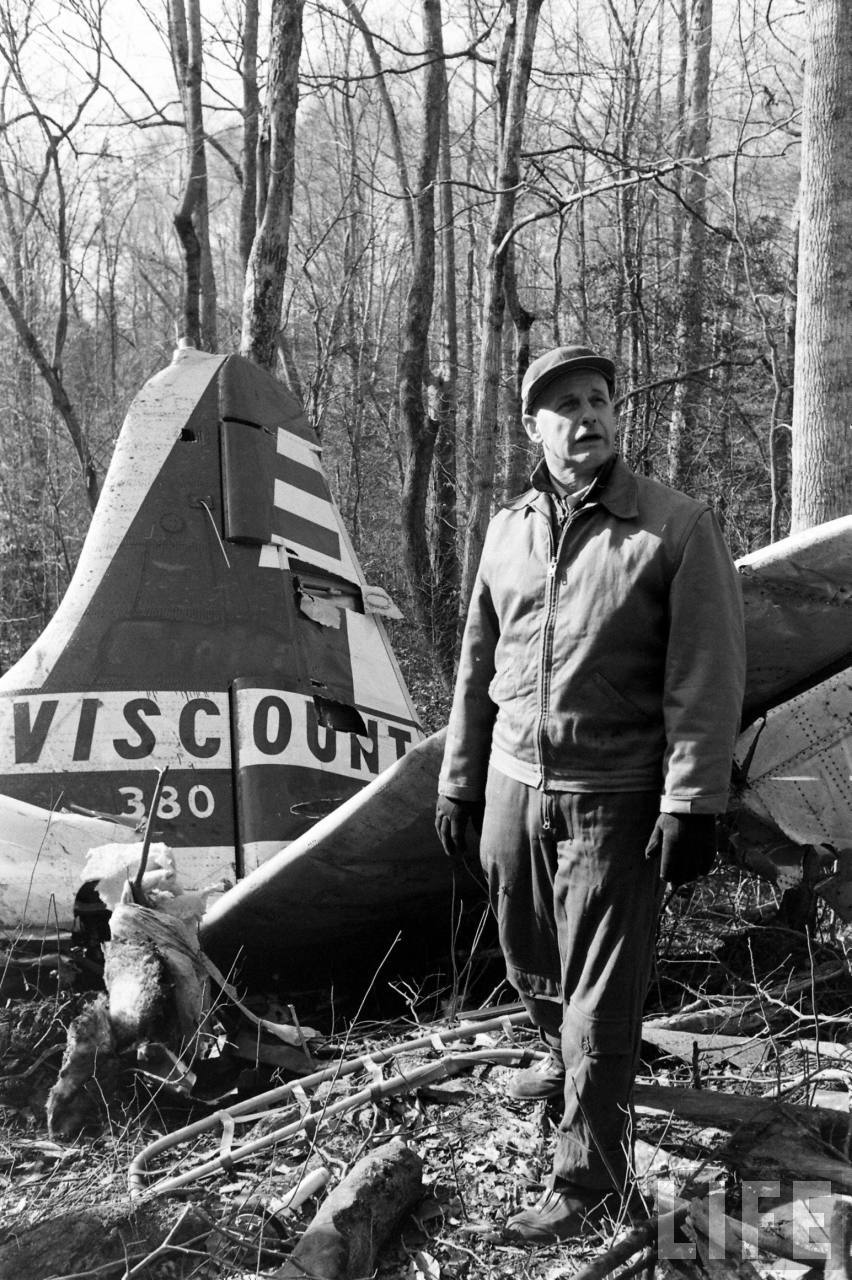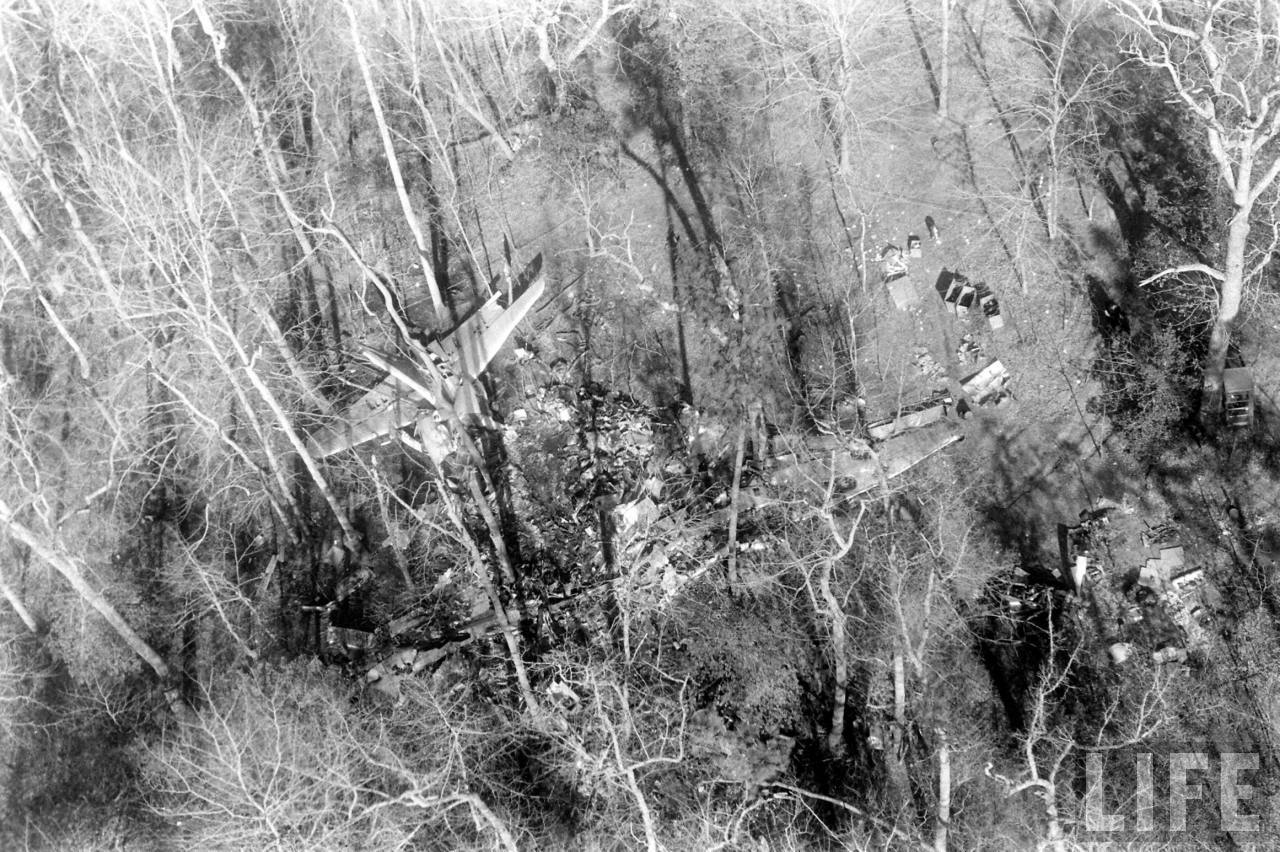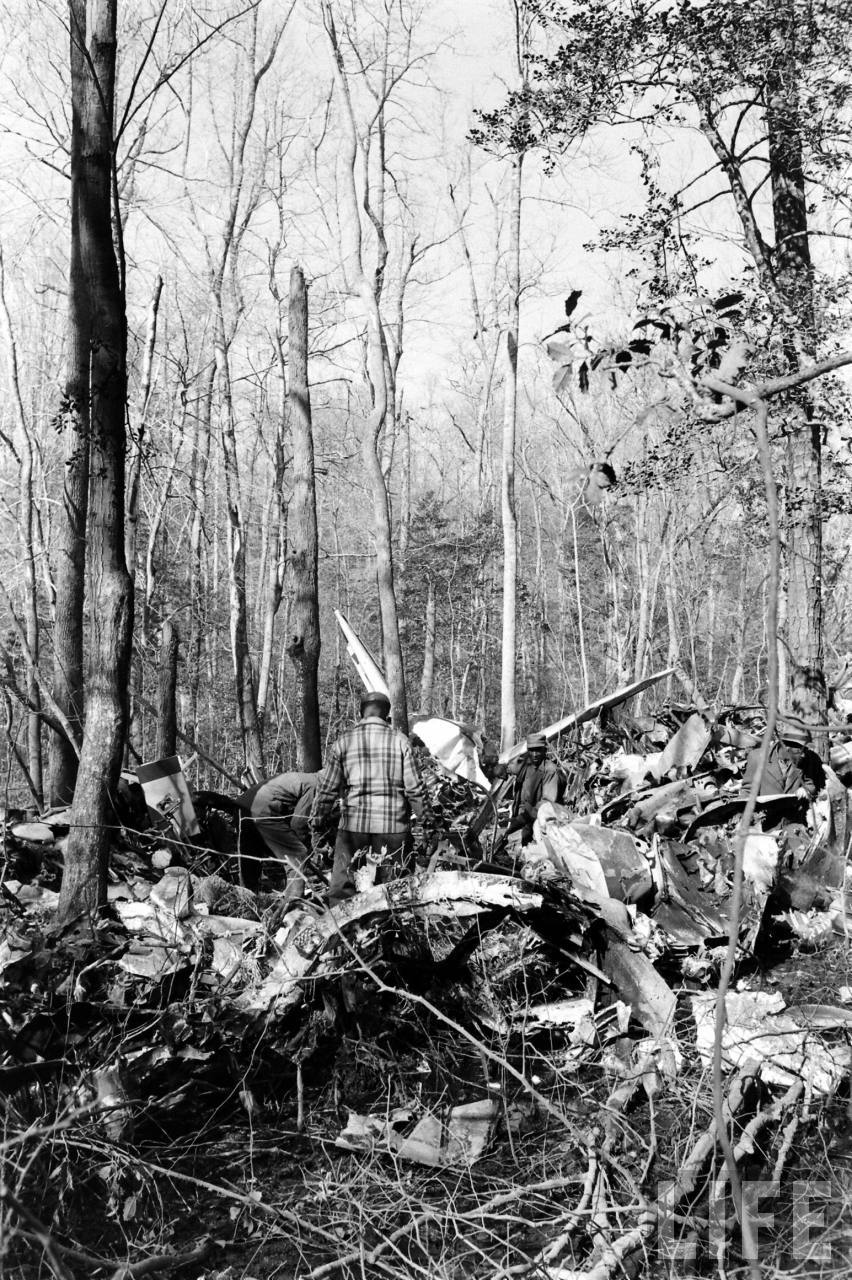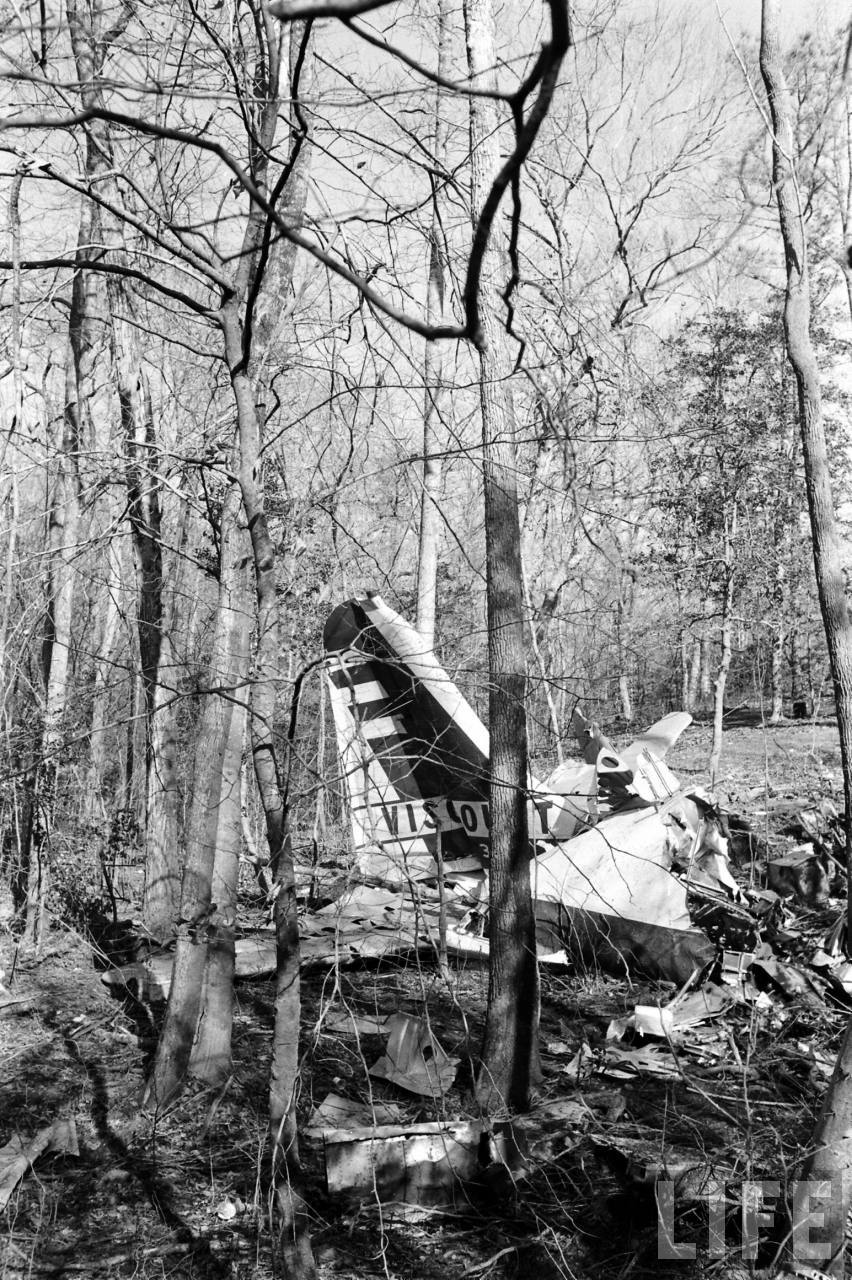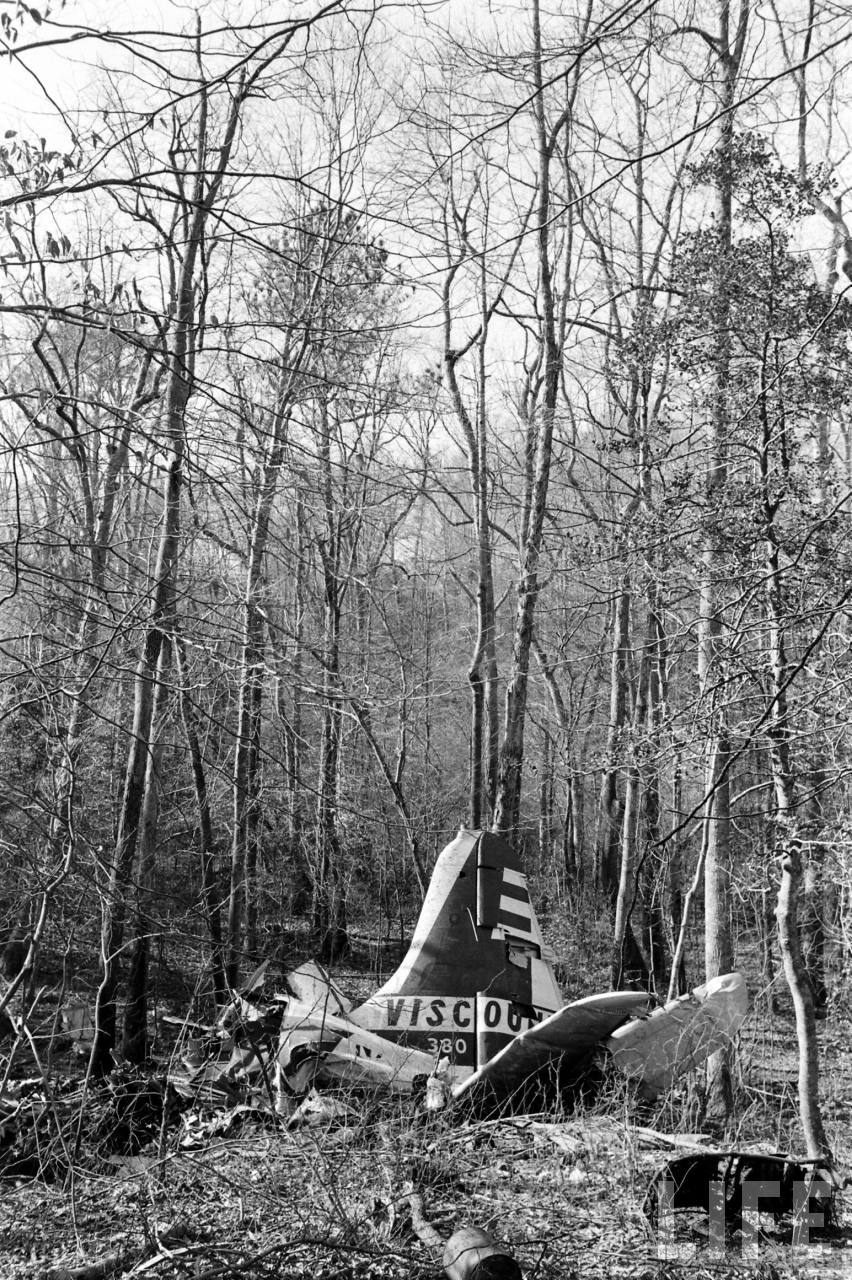Ground accident of a Martin 404 in Roanoke
Date & Time:
Jul 9, 1966 at 0954 LT
Registration:
N40446
Survivors:
Yes
MSN:
14238
YOM:
1952
Crew on board:
4
Crew fatalities:
Pax on board:
38
Pax fatalities:
Other fatalities:
Total fatalities:
0
Circumstances:
While parked at Roanoke-Woodrum Airport, all passengers embarked when the undercarriage failed. The airplane sank on its belly. All 42 occupants were evacuated safely and the airplane was later considered as damaged beyond repair.
Probable cause:
Improper maintenance by the maintenance personnel as the hydraulic reservoir, lines and fittings were not properly serviced. Investigations revealed the landing gear pin was not in. On hydraulic test, ground handle moved up due to excessive clnc in sel valve and air hydraulic system.
Final Report:








